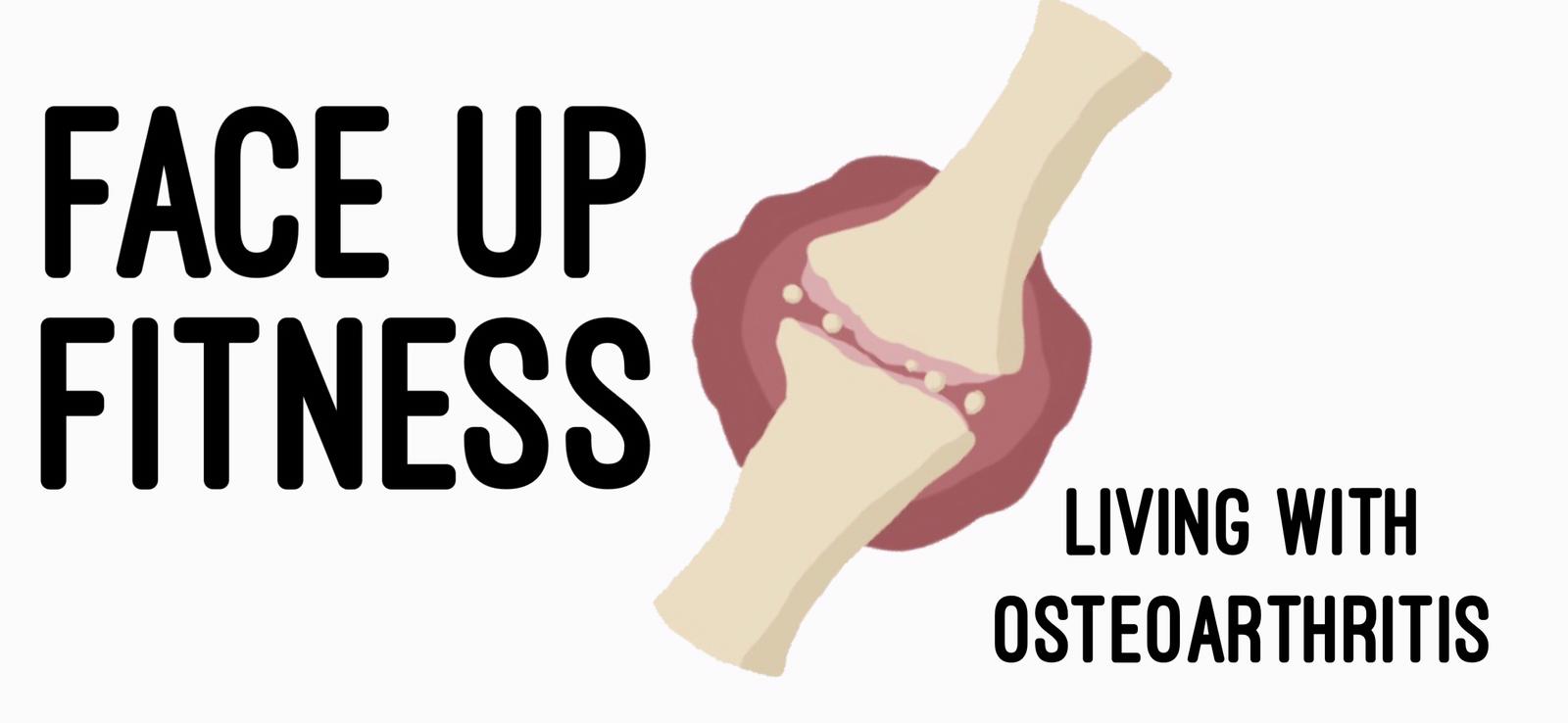A total hip replacement is the one thing I had hoped to avoid as I adjusted to living with osteoarthritis, following diagnosis in 2016. Unfortunately it wasn't to be. Six weeks ago I underwent a total replacement of my right hip.
In the end it was the only treatment option left, after exercise, physio, and a steroid injection failed to relieve the pain from severe osteoarthritis (see previous post). Covid didn't help: reduced mobility during the pandemic and delayed hospital treatment worsened symptoms. But, even without that, I think it was only a matter of time before needing a THR.
I have bilateral hip dysplasia, the most common cause of hip arthritis in people under 50. The numerous hip injuries I've had at the gym haven't helped. But six weeks on from THR life is slowly returning to normal. If you're soon to have surgery, or considering it, here's a quick round-up of what to expect.
Hospital pre-assessment
This didn't run smoothly with confusion over appointment
dates/times - internal communication issues within pre-assessment. But we
eventually got there.
Expect weight/height checks, blood and urine tests, and
swabs. If unlucky (me) you may get called back for retests and treatment such
as a course of antibacterial wash (above) to neutralise MSSA - not to be confused with
MRSA, MSSA is a natural bacteria found on one in three people.
Surgery Day
Arrived at dawn nil by mouth. Shown to my room to settle in.
The surgeon made a brief visit and drew a black arrow on the leg to be
operated. The anaesthetist also visited to discuss pain relief. Spinal block anaesthetic
is commonly used for THR, with the option of a relaxant to make you drowsy. I
took this option - I did not want to hear the surgeon's drill or saw!
The operation takes about two hours and you are encouraged
to stand/walk on crutches the same day. Don't worry if you can't - I almost
fainted when I tried. I was subsequently treated for low haemoglobin and iron
levels.
A physio will visit you in hospital. Mine arrived on day
two. They will show you bed exercises and encourage you to walk on crutches and
manage stairs, which you need to do before being discharged.
Weeks 1-2
Hospital discharge is two-five days after surgery. I was
released on day five, having had further issues with low energy and opioid
induced migraines. Once home it's important to take lots of rest in the first
two weeks.
I had my first weekly physio session during week two. I had
the option of using the hospital's physio but decided to continue with the
private physio I had pre-surgery.
I don't know how much physio is provided on the NHS. I went
private for my procedure, as well as pre- and post-operative care. Given the
long NHS waiting lists for joint replacement currently, an increasing number of
people are paying privately for treatment.
Weeks 3-6
Physio sessions continue weekly. My physio assesses my
walking style each time, and gives strengthening and stretching exercises to do
at home, about three times a day. He also massages any tight muscles – I must
try to remember to do the same at home using my Recovapro gun (below)!
 |
A
bespoke physio programme will highlight areas you need to work on, in
my case walking style (I'm a little lopsided because of the arthritis)
and weakened glute and hip muscles. Physio is key to recovery. I would
advise anyone to push for the NHS care you are entitled to, or pay for a
private therapist if little is forthcoming - it's money well spent.
I've made great progress within these first 6 weeks, walking unaided without a limp and arthritic pain for the first time in two years.
I was discharged by my surgeon at a six-week follow-up, with most movement restrictions removed. But hip replacement is major surgery and rehab is a long process - expect a full recovery to take about a year, or more!
Main pic, wiki commons




